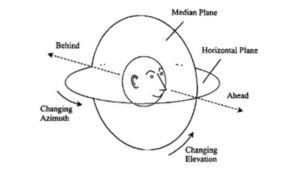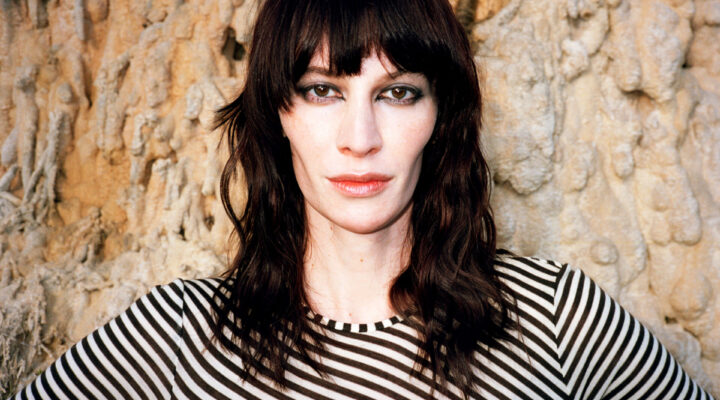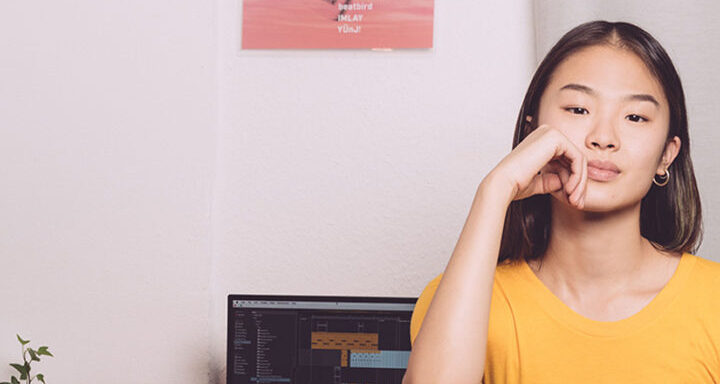Interview with Mel Keane
By Gosia Kalisz
Departing from traditions, stepping into the unknown, Mel Keane makes experimentation his home. The Dublin-born composer and visual artist explores how inherited sound cultures can be embraced, repurposed, or reimagined altogether. In his various projects, Keane slips between identities – sometimes even stepping into the persona of a frog.
Gosia:If you had to describe your sound without using any musical terms, only images, feelings or textures, how would you do so?
The problem is that many of the things that make a sound art project meaningful can really work against the creation of listenable music.
G: You’ve built DIY chanter pipes. How did that process change the way you think about music as a whole – and your own artistic practice in particular?”
M: Working on the chanter pipes is the closest I’ve ever come to working on what some might call a sound art project. The pipes are the material result of two years of research into the pipe band tradition in Ireland, which I did while studying at Sandberg Instituut. Sandberg isn’t a music school, so most of my time was spent making pipes from various materials while investigating the social and cultural implications of the tradition and what it means to be working with such loaded material.
The problem is that many of the things that make a sound art project meaningful can really work against the creation of listenable music. For me, the best music comes into existence when you switch off the critical side of your mind. So I’m in the process of learning how to compartmentalise my brain. I’m feeling like the protagonist of a book I read recently, Chess by Stefan Zweig in which main character teaches himself how to play chess against himself while being held as a prisoner. Great book. I’m not imprisoned obviously, but the mind, of course, is a prison, or something… never mind.
I need a sense of urgency to feel inspired, and limiting my free time is the best way I’ve been able to achieve that in my life.
G: What’s your biggest non-musical inspiration, and how does it find a place in your work?
M: For me, there is nothing more inspiring than having a job that is not related to my practice. This might sound like a joke, but it isn’t. When I have unlimited time to work on music, I simply tend not to, but when I’m held captive by a job for 40 hours a week, let me tell you, I am hyped to get in the studio that weekend. I need a sense of urgency to feel inspired, and limiting my free time is the best way I’ve been able to achieve that in my life.
G: You’re often described as using “tradition as a point of departure”. If Irish folk is where you depart from, where do you imagine you’re heading toward?
M: Working with historical music can offer a good foundation to start from, but it’s important to me that the music I make is not retro or pastiche. I’ll usually identify the qualities I want to preserve, but more importantly, what I’m leaving behind. For example, the pipe band music I’ve been working with the last few years often has a heavy nationalistic, militant, triumphant flavour, which I really don’t like, but it also has an immediate, brain-rattling, transcendent quality that I want people to experience with me.
G: What’s the recipe for an ultimate Mel Keane listening experience?
M: Absolutely unquestionably in a car full of friends passing the aux.
G: What are some of your favourite musical discoveries recently, and why did they stick with you?
M: I’m listening to Betty Hammeschlag a lot; she has just released a great new record on Collerette, though all of her stuff is incredible. It speaks to the times we’re living in very well. It is deeply of-the-internet but extremely emotionally rich.
I’m really enjoying going through the Seedlink catalogue. It’s all so playful and unpretentious. It somehow keeps bringing me back to the kind of electronic music I listened to in my early teens, like The Postal Service, Daedalus, and early Four Tet, etc. I’m not so sure that it’s referencing that time, but it shares a lot of the same qualities.
Jasmine also mentioned this in her interview, but there is a new Nashpaints record on the way, and it’s a masterpiece.
G: What emotions would you hope to bring out in someone hearing your music for the first time?
M: I think one of the reasons that music is so magical when compared to other media is that there can be so much emotional nuance and information packed into a single track or even a 5-second loop. So I suppose I hope that people can feel something that doesn’t necessarily invite a classification, but that they do feel it nonetheless.
As I was saying above, my practice as Mel Keane can sometimes feel a bit overly conceptual, so it’s been a real treat to make some pathetic emotional bangers for the sheer love of the game.
G: Is there a concept you’ve been holding on to, yet haven’t had a chance to explore?
M: I’ve recently been working on a side project within the self-coined genre of Micro EDM. As I was saying above, my practice as Mel Keane can sometimes feel a bit overly conceptual, so it’s been a real treat to make some pathetic emotional bangers for the sheer love of the game. I just hope that if you check back in a year, I haven’t written a dissertation linking the death of EDM to the rise of reactionary politics in Europe over the last ten years. ffs
Catch Jasmine Wood and Mel Keane perform at Cement No.8 at Dokzaal on October 17th.






